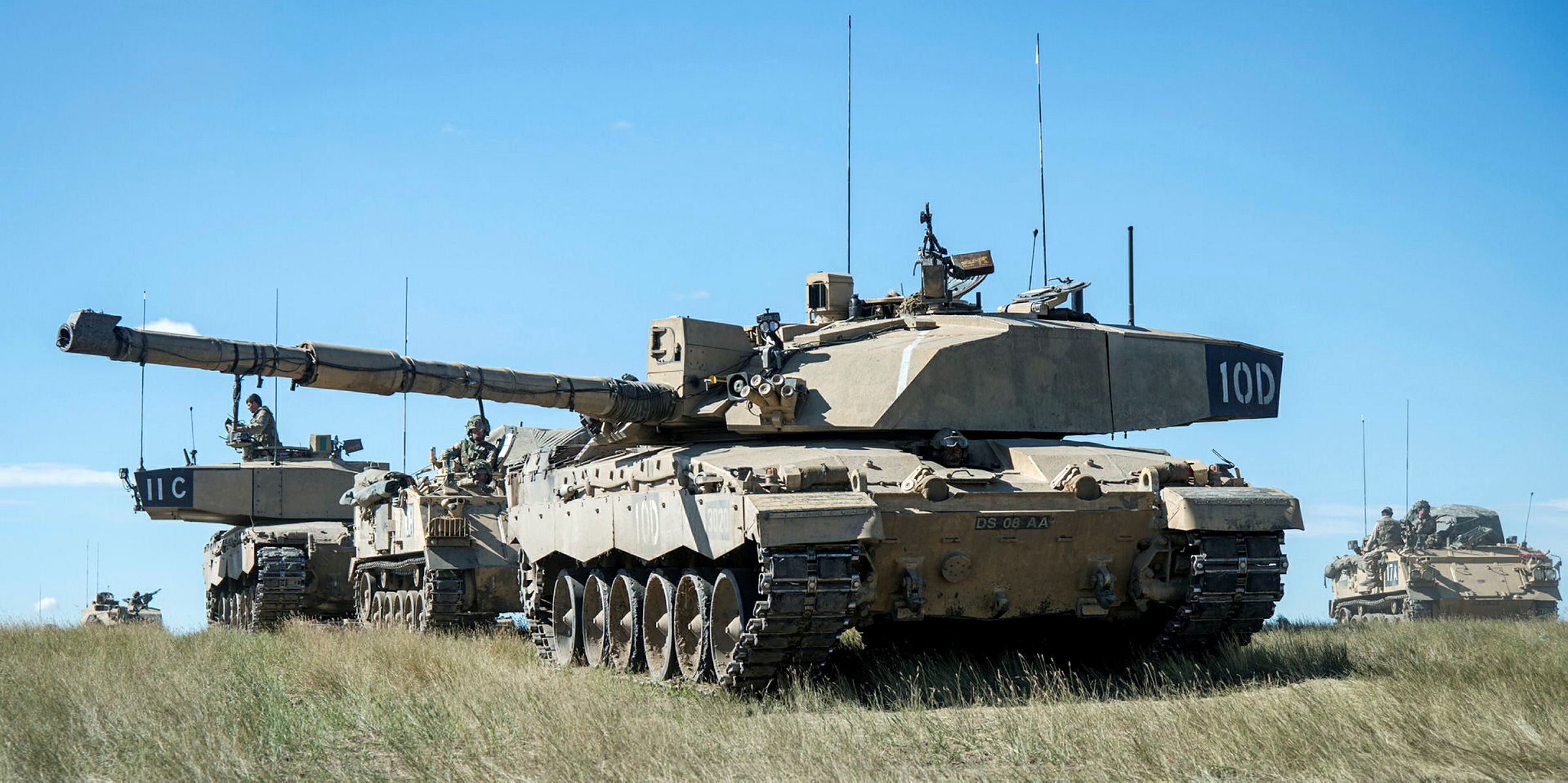Challenge
RED was asked to provide analytical support to the Air Force Protection project to help understand the future position, structure and requirements for force protection for the next 5 years and beyond. This required an identification of the type, nature and location of likely Force Protection (FP) tasks out to 2025, and a Capability Audit to determine present and likely future FP capabilities and structures.
Approach
Our research followed two main strands. The first of these was extensive work to understand the actual question, initially examining the potential future operating environment for air forces, future requirements for FP, and the potential contribution of the FP Wings. This first work strand comprised 3 themes.
The first theme examined the future operating environment for air forces and other analysis such as scenarios, Future Force Development outputs and standing commitment analysis. The second theme explored the future requirements for FP within that environment.
We therefore undertook a Capability Audit of historical and existing capabilities, analysing and assessing them. The RED team conducted a historical review of Air FP capabilities and tasks using primary source documents and interviews with current and former practitioners to identify enduring themes, correlations and lessons for the provision of Air FP. Concurrently, we undertook a detailed capability audit of current Air FP capabilities across the FP Force to baseline the ‘as is’ position from which a future position could be developed during and after subsequent Military Judgement Panels (MJPs).
In the third theme we compared approaches to those of other allies. The RED team explored how allied nations deliver and manage Air FP to identify themes and lessons that helped inform the development of the future position and the MJPs that were conducted in the second strand.
In the second strand the three research themes examined in strand one were brought together to assess the potential contribution of a FP Wing. Six vignettes for MJPs were identified and, following the initial research, RED organised and ran two MJPs. These were conducted to evaluate the roles, requirements and options for FP in the set of 6 vignettes.
The MJPs utilised a war gaming method. Our approach was to set out a map / terrain representation for each vignette portraying the locations and forces involved. The games were not conducted with rigid rule sets but instead allowed the attendees to explore options and focus discussions.
Output
RED organised and ran two MJPs, then produced a final report summarising the results of the study and held a final customer meeting. Five key principles were independently identified in our report as steps that the Air FP community should take to prepare itself for future operations. We concluded that Air FP is likely to become a joint requirement and the capabilities required to meet the future operating environment are currently federated across several commands and there is little coherence in terms of capability planning or force development.
The work led to a follow-on projects, which you can find out about here.



